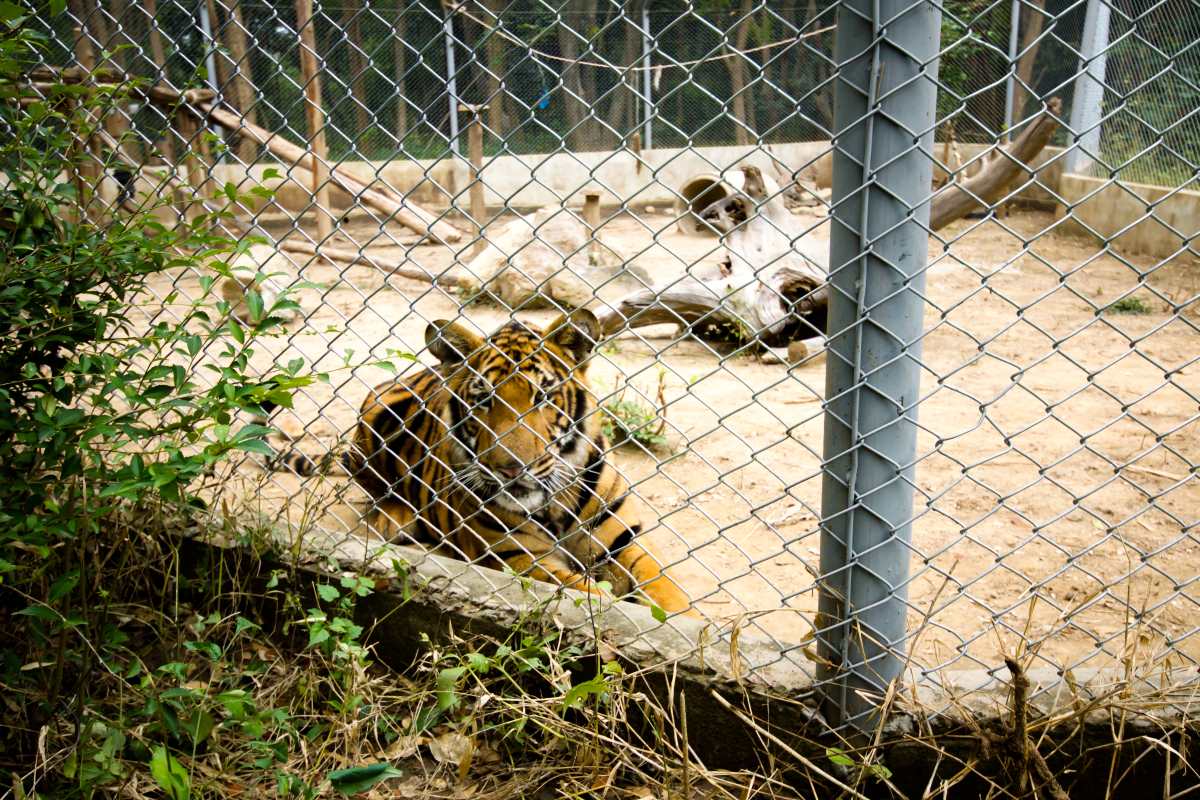World Tiger Day highlights both the progress and the challenges in tiger conservation, reminding us of our collective responsibility to protect the species from extinction.

©Shutterstock/etapok
On July 29th, the world celebrates World Tiger Day, a moment to reflect on this majestic animal, which stands as a symbol of Asian biodiversity and the wild nature that is rapidly disappearing around the globe. And for once, there is some good news to report. Over the past fifteen years, the wild tiger population has increased from around 3,200 to more than 5,500 individuals. This might seem modest, but it is a significant achievement, showing that conservation efforts are slowly but surely starting to bear fruit.
A fragile comeback
Despite the positive numbers, the situation remains critical. 92% of the tiger’s historical range has been lost, and the few remaining habitats are often fragmented and at risk. Tigers now survive in 10 Asian countries, with India leading the charge, home to an estimated 3,682 individuals.
Encouraging news has come from Thailand, where a national population increase was recorded in 2024, and from a reintroduction project in Kazakhstan, where two Amur tigers were relocated in an effort to bring the species back to a region where they have been extinct for over 70 years.
What can and must be done for the tigers
The growth of the tiger population would not have been possible without targeted interventions. These include reintroducing prey species, such as sambar deer and banteng, forest protection, and promoting coexistence with local communities. However, the challenges are immense. Tigers continue to be killed due to superstitions, conflicts with domestic livestock, and the high economic value of their bones, organs, and pelts in the illegal wildlife trade.
In short, the tiger’s roar is returning, but it is far from a victorious one. The next decade will be decisive in preventing the extinction of the world’s largest feline. Protecting their habitats, strengthening efforts against poaching, and raising awareness among local populations are the keys to securing a future for the species. More than ever, World Tiger Day serves as a reminder that saving this species is a responsibility for all of us.
Source: WWF
